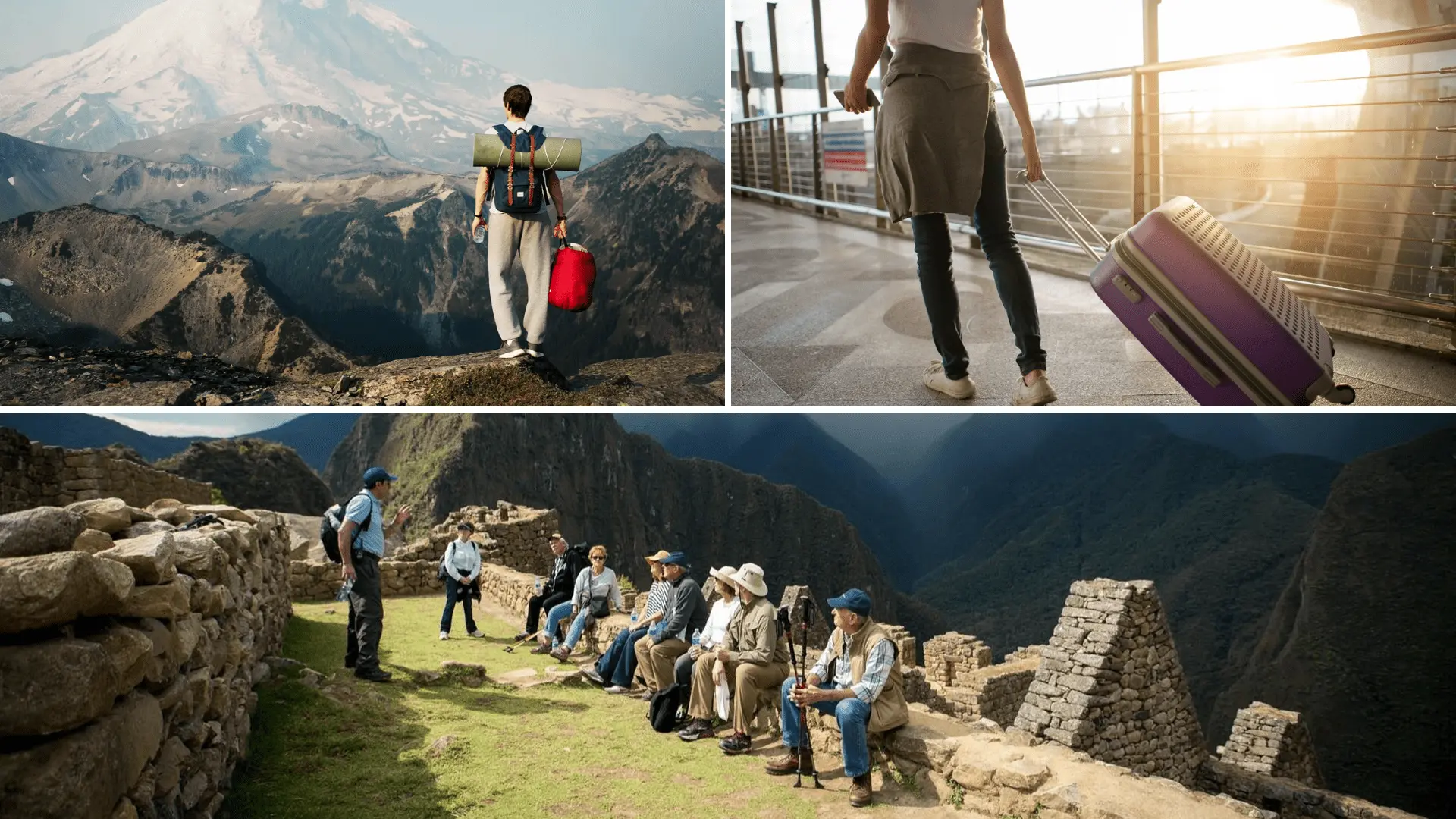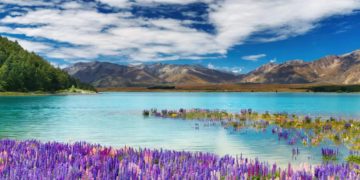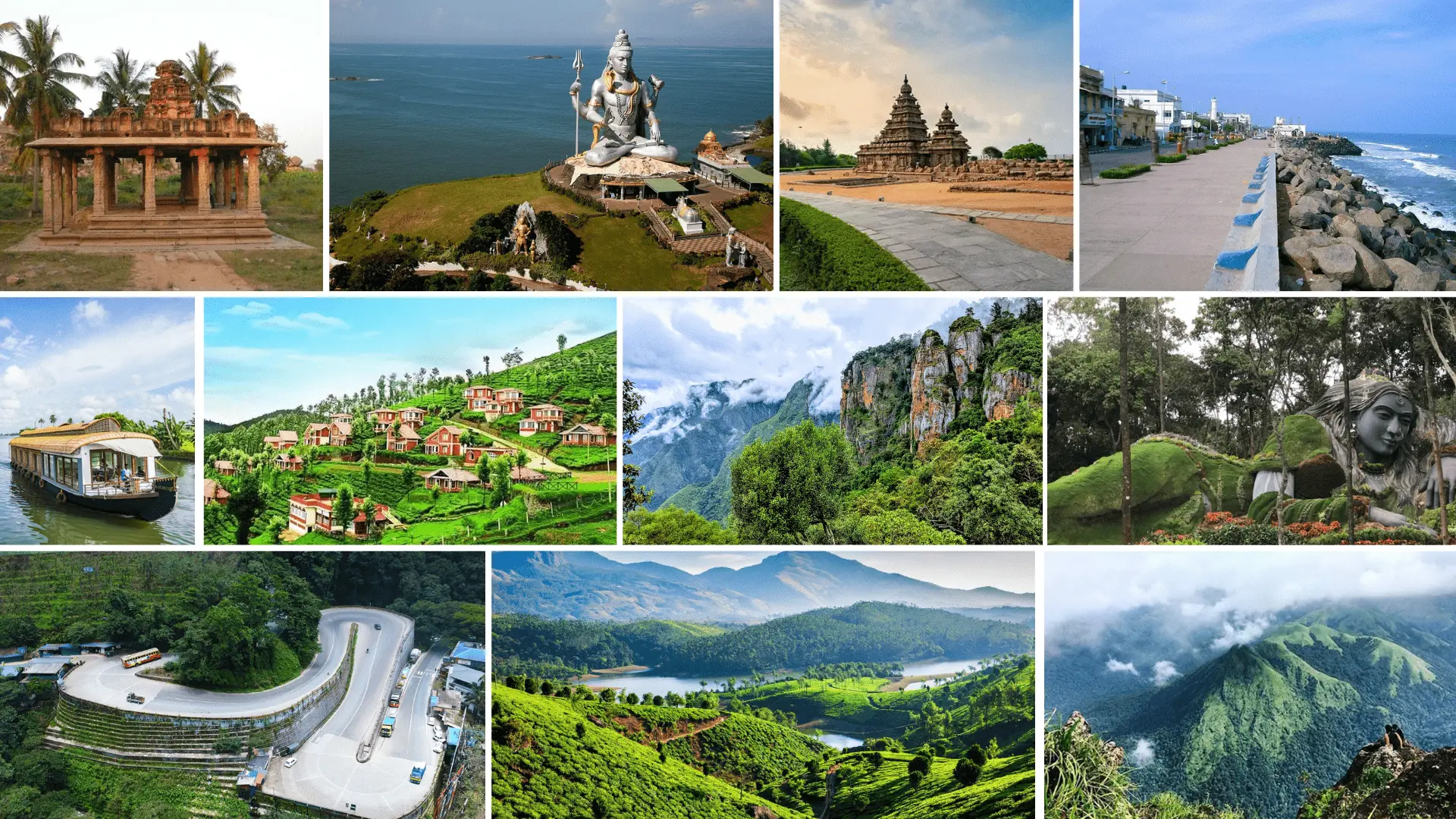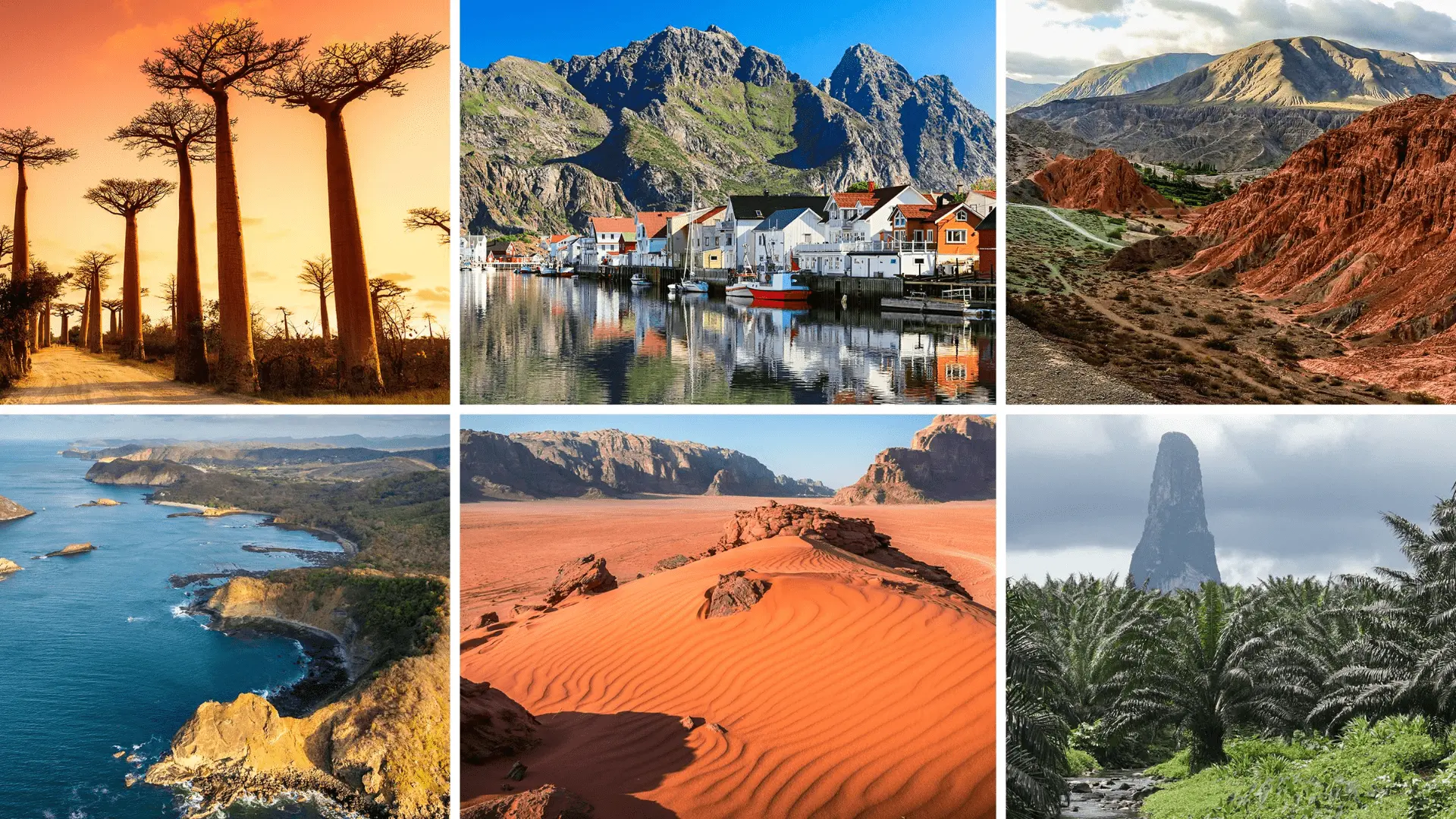India, with its kaleidoscopic cultural landscape, is a tapestry woven with vibrant threads of traditions and celebrations. Festivals and feasts hold a special place in the hearts of Indians, reflecting the rich heritage and diversity that defines the nation. In this article, we embark on a journey through the various corners of India to explore the tastes and traditions associated with its festivals.
Diverse Cultural Landscape
India’s cultural canvas is painted with myriad hues, each region boasting its unique traditions and festivals. From the snowy peaks of the Himalayas to the sun-kissed beaches of the south, every corner resonates with celebrations that are a feast for the senses.
Major Festivals in Northern India
In the northern expanse of India, festivals like Diwali, Holi, and Navratri take center stage. Diwali, the festival of lights, illuminates homes and hearts, accompanied by a spread of sweets and savory delights. Holi, the festival of colors, is a riot of hues and flavors, with special feasts marking the occasion.
Southern India’s Unique Celebrations
Down south, Pongal, Onam, and Navaratri grace the calendar. Pongal, a harvest festival, sees families coming together for a sumptuous feast featuring traditional dishes. Onam, the joyous harvest festival of Kerala, is marked by the elaborate Onam Sadya, a feast fit for a king.
Eastern India’s Festive Charm
Moving to the east, festivals like Durga Puja, Rath Yatra, and Bihu showcase the vibrant culture of the region. The feasting during Durga Puja is a gastronomic extravaganza, with families preparing a wide array of delectable dishes. Bihu, the Assamese New Year, is celebrated with feasts that highlight the flavors of the region.
Western India’s Festivals and Gastronomy
In the west, Ganesh Chaturthi, Navratri, and Diwali captivate the hearts of the people. Ganesh Chaturthi is marked by elaborate feasts, while the nine nights of Navratri bring a culinary delight with special fasting recipes. Diwali, the festival of lights, is synonymous with a grand feast featuring a plethora of sweets and snacks.
The Intersection of Religion and Festivals
Religious beliefs play a pivotal role in shaping festival traditions. Whether it’s the fasting during Navratri or the grand feasts during Eid, the intertwining of faith and festivities is evident. The communal aspect of celebrations strengthens the bonds within families and communities.
Family and Community Bonding
Festivals serve as a glue that binds families and communities together. Shared meals during festivities create a sense of togetherness, fostering relationships and passing down traditions through generations. The joy of breaking bread together is an integral part of the festive experience.
The Evolution of Festivals
As India strides into the modern era, festivals evolve, incorporating contemporary elements while retaining their traditional essence. The urban influence brings new dimensions to celebrations, with technology, music, and art becoming integral parts of the festive landscape.
Popular Street Food During Festivals
No festival in India is complete without indulging in the diverse array of street food. From the spicy chaats of Delhi to the vada pavs of Mumbai, street vendors become an essential part of the festive experience, offering delectable treats that tantalize the taste buds.
Eco-Friendly Celebrations
In a world increasingly aware of environmental concerns, eco-friendly celebrations are gaining popularity. Many communities are adopting sustainable practices during festivals, from eco-friendly decorations to minimizing waste, contributing to a greener and healthier planet.
Feast for the Senses: Traditional Indian Sweets
No festival in India is complete without the presence of traditional sweets. From the syrupy goodness of Gulab Jamun to the intricately designed Mysore Pak, each region boasts its signature sweet treats. These sweets not only please the palate but also carry deep cultural significance.
Uncommon Festivals Worth Exploring
Beyond the well-known festivals, India harbors a treasure trove of lesser-known celebrations. From the Hornbill Festival in Nagaland to the Hemis Festival in Ladakh, each festival has its unique charm, accompanied by feasts that showcase the local flavors.
Fusion Festivals in Urban Settings
The fast-paced urban lifestyle has given rise to fusion festivals that blend traditional elements with modern trends. These festivals, often held in metropolitan areas, feature a diverse range of cuisines, music, and art, creating a melting pot of cultural experiences.
Conclusion
In conclusion, the festivals and feasts of India offer a sensory journey through its rich cultural tapestry. From the grand celebrations in the north to the flavorful feasts in the south, each festival is a testament to India’s diversity and unity. As traditions evolve, the essence of togetherness and joy remains at the heart of every celebration, making Indian festivals a truly unique and unforgettable experience.

























